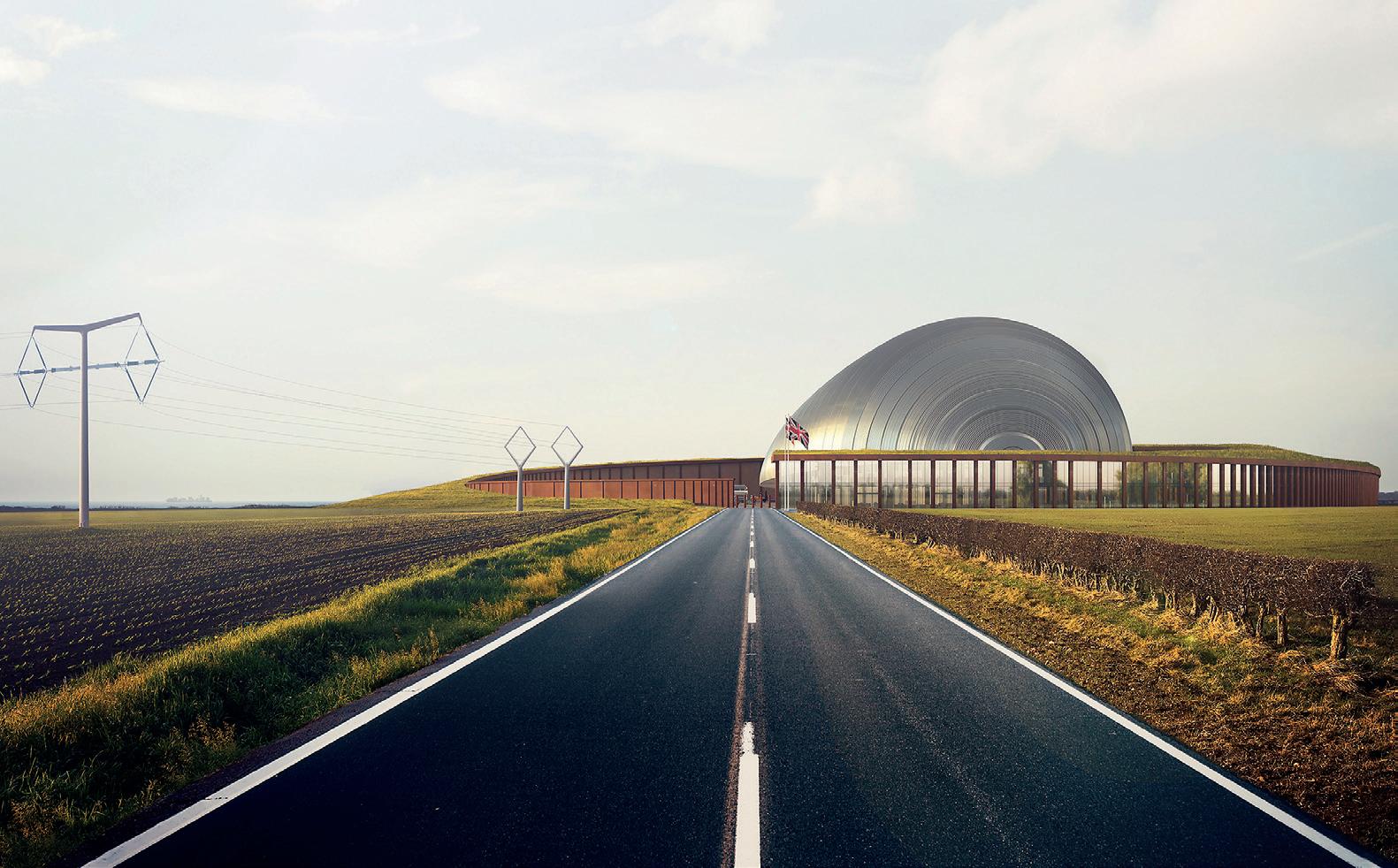
2 minute read
Sector analysis

Small modular reactors
Joanne Sivanathan
The UK’s confidence in nuclear power is making a comeback, with plans to ‘revive the UK’s nuclear expertise’, starting with the development of small modular reactors (SMRs). Nuclear energy currently generates around one fifth of the country’s electricity, a tried and tested source, and being a low carbon energy choice, nuclear power plants will play an important part in the UK’s climate goals.
There has been a global interest in SMRs due to their ability to meet flexible power generation demands. They are defined by their capacity to produce up to 300MW of electric power. There has been a move to develop smaller units, as they can be manufactured offsite and delivered to location for final assembly. This results in less onsite construction, heightened nuclear security and increased containment efficiency, allowing for shortened construction time and more affordable production costs. It is particularly useful for introducing nuclear power generation in remote regions with less developed infrastructure. Remote locations often have variable power generation needs. Compared to large conventional reactors, SMRs have greater control, generating lower amounts of electricity when demand is reduced. SMRs display an enhanced safety performance through inherent and passive safety features, offering a renewed interest in this sector. There are about 50 SMR designs and concepts globally. Most of them are in various developmental stages and some are claimed as being near-term deployable.

The UK government first expressed interest in SMRs in the 2013 Nuclear Industrial Strategy. Since then, support of earlystage SMR research and several assessments have been produced. Key milestones are a study in 2014, identifying the opportunity to introduce SMRs in the UK, the publication of the Nuclear Sector Deal in 2018 ensuring the UK’s nuclear sector remains cost competitive with other forms of low-carbon technologies and the proposal of the Low-Cost Nuclear Challenge by a Rolls-Royce led consortium in 2019.
The Low-Cost Nuclear Challenge aims to develop a SMR designed and manufactured in the UK, installed in former nuclear sites in Cumbria or in Wales. An initial £36 million joint public and private investment will allow the design to be developed further, with an aim to build 10-15 stations in the UK. The developed design is based on optimised and enhanced use of proven technologies that presents a class leading safety outlook and attractive market offering with minimum regulatory risk. The SMR would be a three loop, close-couple, pressurised water reactor, providing a power output at around 400-450MW, primarily intended for electricity production, but can also support heat requiring or cogeneration applications. Rolls-Royce have said: “The certainty behind our UK SMR technology is the foundation of a sound business case for owners, operators, utilities and governments. Knowing build costs and the price of the electricity generated makes nuclear energy an option for those who wouldn’t otherwise be able to afford it.” Big things lie ahead for the UK nuclear sector.
Although there is pushback with the implementation of SMRs, with talk of financing challenges and
licensing issues; companies and scientists backing the development of SMRs say that the technology offers a new way forward for nuclear power, one that overcomes many of the drawbacks of traditional, larger reactors. It is strongly believed, by industry professionals, that small modular reactors will play a fundamental role in the energy transition to a low carbon future and has the potential to transform the nuclear energy industry.





